I couldn't find a function in matlab that implement gets mean and standard deviation of normal distribution and plot its PDF and CDF.
I am afraid the two functions I have implemented bellow are missing something, since I get maximal value for pdfNormal which is greater than 1.
function plotNormPDF(u,s,color)
mu = u;
sigma = s;
x = (mu - 5 * sigma) : (sigma / 100) : (mu + 5 * sigma);
pdfNormal = normpdf(x, mu, sigma);
string = 'the maximal pdfNormal is';
string = sprintf('%s :%d', string,max(pdfNormal));
disp(string)
plot(x, pdfNormal/max(pdfNormal),color);
end
And for the CDF norm
function plotNormCDF(u,s,color)
mu = u;
sigma = s;
x = (mu - 5*sigma) : (sigma / 100) : (mu + 5*sigma);
pdfNormal = normpdf(x, mu, sigma);
plot(x,cumsum(pdfNormal)./max(cumsum(pdfNormal)),color)
end
Here is an example for using both:
plotNormCDF(0.2, 0.1,'r')
plotNormPDF(0.2, 0.1,'r')

